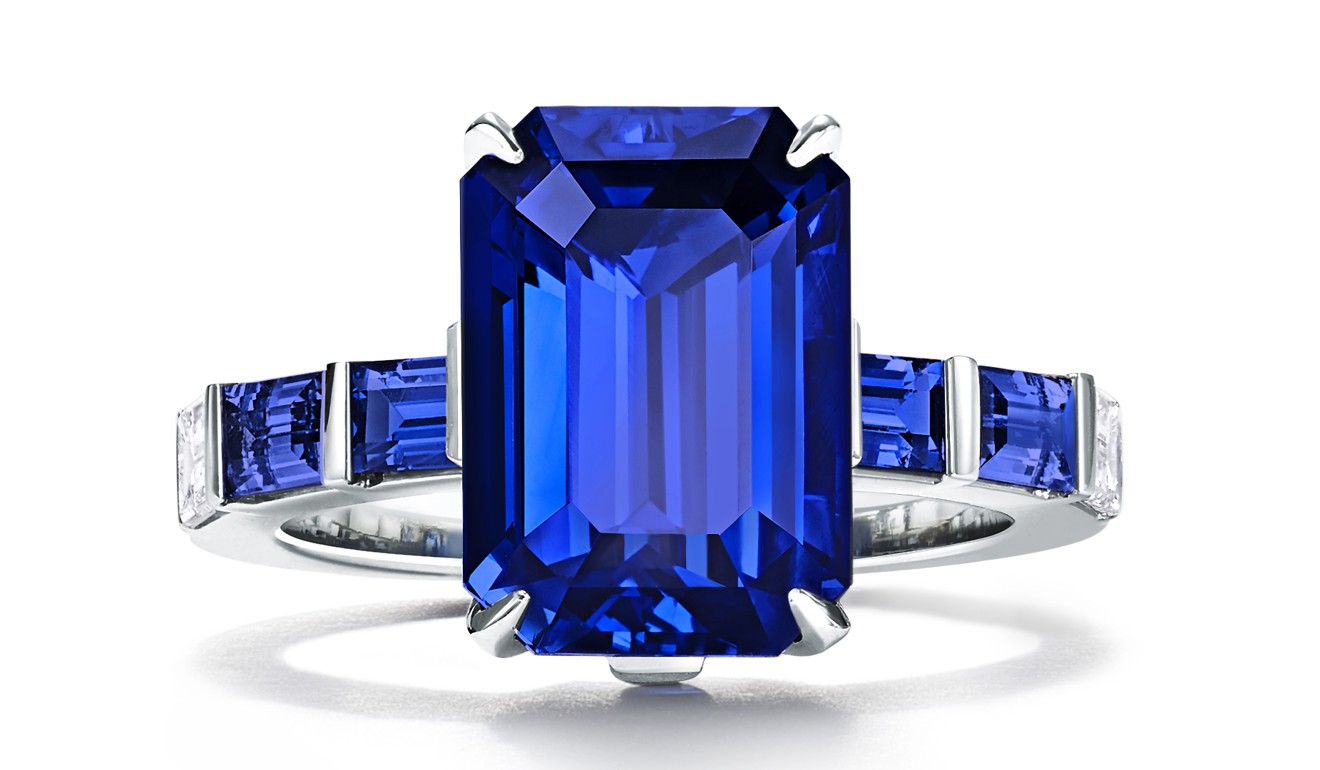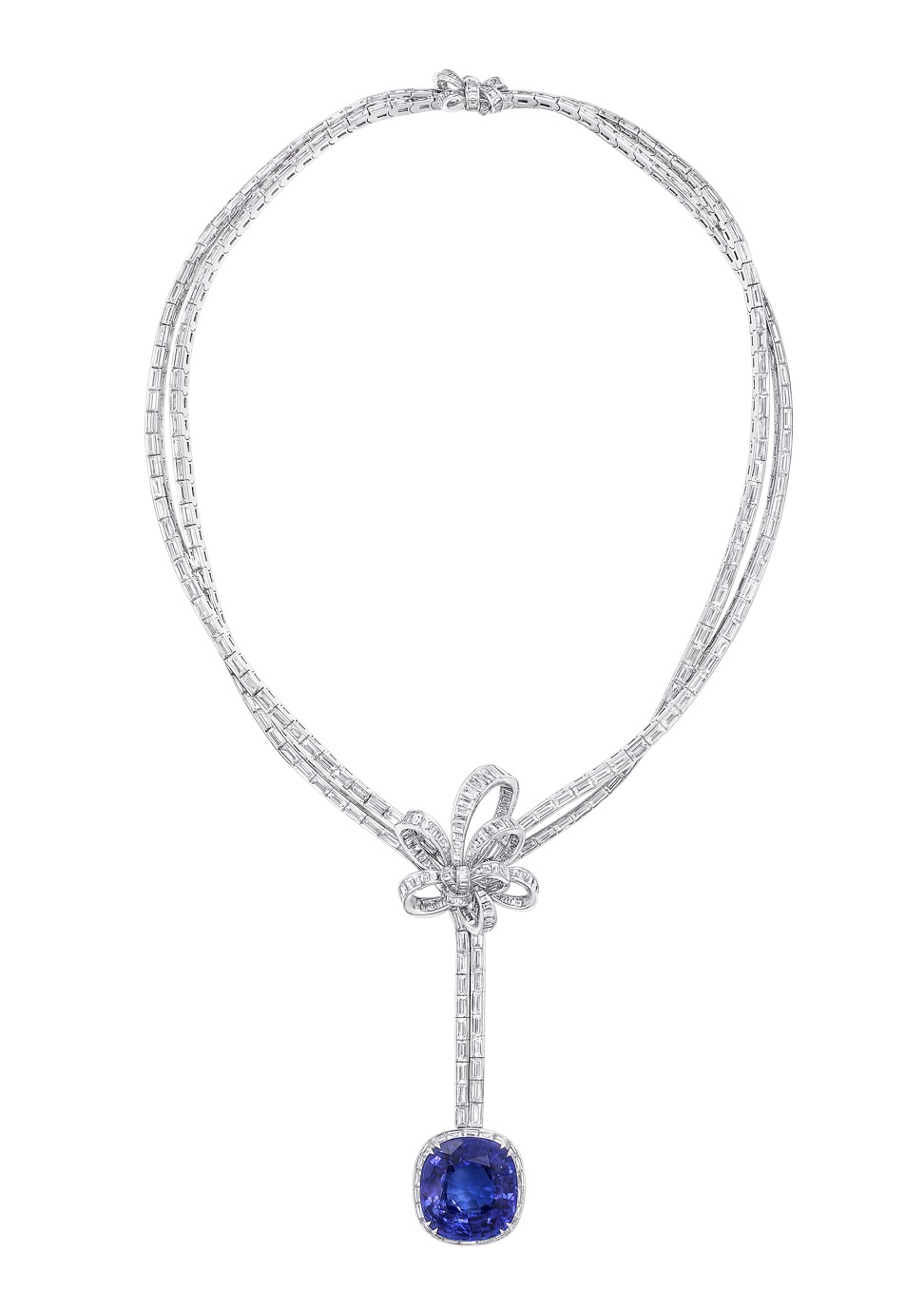
Flawless versus natural inclusions – which gems are more valuable?
- Do inclusions and flaws in natural gemstones add value to a stone, even as flawless lab-grown gems hit the market?

Rare and remarkable gemstones celebrate the enduring symbolism and eternal beauty of nature. Following diamonds, the most important rarest stones from a commercial standpoint are rubies, sapphires and emeralds. Their rarity and costliness have served to stimulate man’s ingenuity in providing a substitute, opening a viable market for lab-created gemstones as alternatives.
Chemically, physically and optically identical to natural gemstones (mined deep below the earth’s surface), lab-created gemstones are grown in a fraction of the time and have far fewer inclusions, or are flawless due to a controlled process.

One of the greatest distinctions of natural coloured gemstones is the variety of natural inclusions due to the crystallisation process, with the amalgam of gas and liquids during the formation stage giving each stone its own DNA – nature’s original fingerprint.
So, are natural inclusions and flaws in natural gemstones now adding value to a stone, even as flawless lab-grown gems hit the market?
Flawless rubies, sapphires or emeralds of rich colours and important sizes are, in nature, extremely rare. This fact alone should make one suspicious of a large, clear gemstone.

Another point to note is that natural rubies or emeralds are hardly ever “clean”, which is to say that they almost always have inclusions – patches of fine criss-crossing rutile needles known as “silk”, or a bubble of gas or small crystals of other minerals.
“Inclusions definitely add individuality and personality to coloured gemstones,” says Daniel Nyfeler, managing director of Swiss-based Gübelin Gem Lab, one of the world leaders in coloured gem-testing. “They are witnesses from the time of birth of the crystal, and tell us a lot about how they grew, be it millions of years ago deep in the earth’s lower crust or mantle, or in a lab.”

Does it translates into value?
“Yes, but it’s hard to quantify into hard dollar terms, as individuality does not go easy with a reproducible, parameterised valuation. The commercial value of a standardised commodity such as diamonds is easier to gauge.”
Natural gems have always been at a higher value than flawless lab-grown gems and they are always the favourite of collectors regardless of the flaws
According to renowned Hong Kong jewellery designer Edmond Chin, “It’s about rarity – naturally flawless gems are exceptional and scarce and therefore, like all hard-to-find things, remain the most desired and valuable objects.”
Taiwanese jeweller Cindy Chao sees this disconnection in supply and demand in flawless gems. “Collectors love flawless gemstones, and for natural stones, those without inclusions or flaws will maintain a higher value.” She adds, “However, natural gems have always been at a higher value than flawless lab-grown gems, and they are always the favourite of collectors regardless of the flaws.”
“Outer sparkle plus inner values; this is what makes relations last long,” says Nyfeler.
For top luxury jewellery houses, natural gems, albeit with inclusions and imperfections, will always be preferable over lab-made stones.

Graff’s Inspired by Twombly high jewellery collection, referencing the calligraphic paint strokes of American artist Cy Twombly, has a rare 32.22-ct royal blue Burmese sapphire set in a necklace.
Cindy Chao creates an ethereal Dragonfly Brooch in gold, with fancy-cut Colombian emeralds, diamonds and tsavorites.

In the new Precious Chopard collection, a pear-shaped emerald of 7 cts is set with pear-shaped, marquise-cut and brilliant-cut diamonds in 18-ct white gold. A beautiful ring in platinum with diamonds and a significant emerald-cut, unenhanced Sri Lankan sapphire of over 7 cts is part of Tiffany & Co.’s The Four Seasons of Tiffany collection.
In Piaget’s Night Illusion Ring, a 5.95-ct cushion-cut emerald from Colombia takes centre stage, surrounded by marquise and round emeralds. The Three Colours of Love collection exemplifies “the art of colour”. A bold Fabergé emerald cabochon ring has a Gemfields Zambian cabochon emerald with diamonds set in platinum.
Bulgari crafts the artistic Wild Pop High Jewellery necklace in pink gold with 11 Zambian emerald drops totalling 65.74 cts, complemented by buff-top amethysts, emeralds and turquoises, set with step-cut and pavé diamonds.
Emeralds
A precious gem that has continued to receive increased interest from collectors is the emerald. In their most natural forms, it is near impossible to find them without inclusions. Miners and cutters have been known to enhance the clarity of the green gem by putting them through an oil treatment, a process that fills the natural cracks within the beryl to lessen their appearance.
Gemologist Sze Sze, head of jewels and prestige collections, and jewellery specialist at Poly Auction Hong Kong, says this is commonly employed and significantly influences a gem’s price.
Untreated gems that are naturally less included are worth much more than gems that have been treated. “When buying emeralds, the gems should have at least two lab reports from credible laboratories, which will provide information on origin and whether a gem has been enhanced,” says Sze.
But however great a gem looks on paper and on reports, the most important thing a buyer can do is see it in person, says Sze. “It’s always important to look at the gem, because a report will not tell you how fiery or how much sparkle a gem has.”